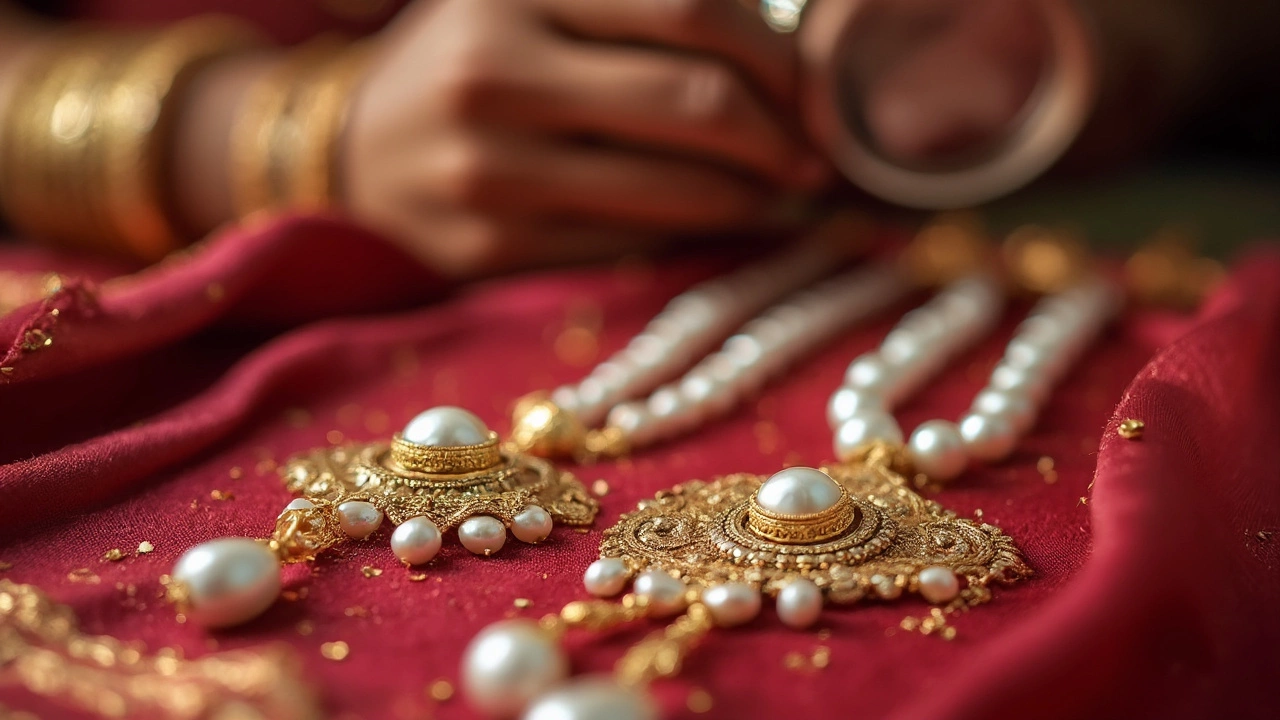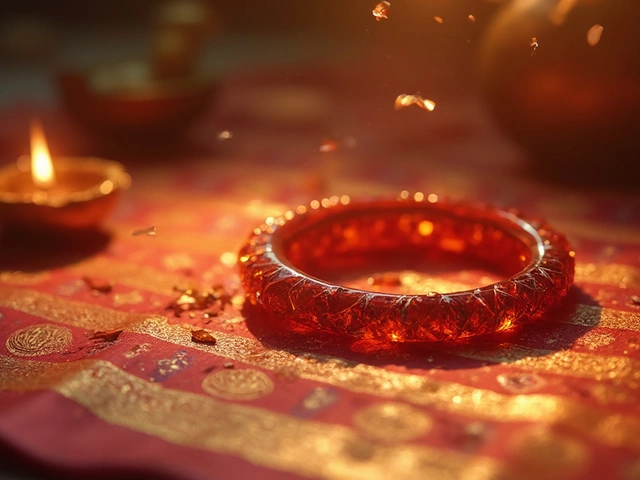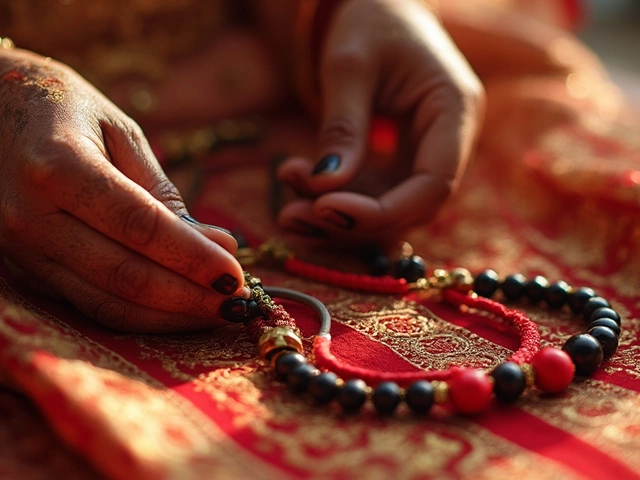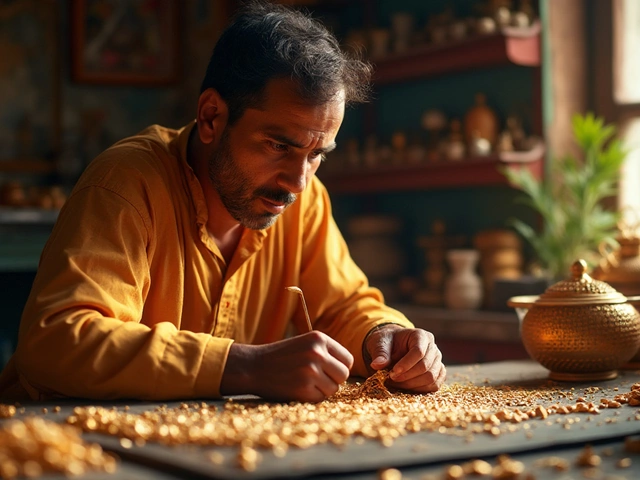Pearl Varieties: A Simple Guide to Types, Colors, and Choosing the Right One
Pearls aren’t just one thing – there are many kinds, each with its own look and feel. Knowing the basics helps you pick a pair that matches your style and budget. Below we break down the most common pearl varieties and give quick tips on how to choose.
Big Players: The Main Types of Pearls
Akoya pearls are the classic round, white or cream pearls you see in many bridal sets. They grow in salt‑water oysters, mostly around Japan, and are usually 2‑10 mm in size. Because they’re small and perfectly round, Akoya pearls are great for delicate necklaces and earrings.
Freshwater pearls are grown in river mussels, mainly in China. They come in a wide range of shapes – round, baroque, and even coin‑shaped – and colors like pink, lavender, and peach. Freshwater pearls tend to be larger (up to 13 mm) and more affordable than salt‑water pearls.
South Sea pearls are the heavy, golden‑toned gems from the Pacific and Indian Oceans. They’re harvested from large oysters in Australia, Indonesia and the Philippines. Their size ranges from 9‑20 mm, and they have a warm, satiny luster that looks great in statement necklaces.
Tahitian pearls are known as the “black pearls” because of their dark, metallic hues. They grow in French Polynesia and can show colors from deep gray to green, blue, and even purple. Tahitian pearls are usually bigger than Akoya, making them a popular choice for bold accessories.
Keshi pearls are tiny, seed‑like pearls that form unintentionally when the oyster rejects a nucleus. They’re all‑natural, very lustrous, and come in irregular shapes. Because they’re rare and unique, Keshi pearls are often set in modern, artistic pieces.
Color, Shape & Buying Tips
Color matters as much as type. White and cream pearls are safe for everyday wear, while pink, gold, and black add a pop of personality. Look at the body color (the pearl’s base) and the overtone (the surface hue). A strong overtone can make a simple white pearl feel richer.
Shape is another quick decision point. Perfectly round pearls scream classic elegance, but baroque or semi‑baroque shapes add a contemporary vibe. When you shop, hold the pearl up to light – the more reflected light, the higher the luster.Don’t forget the “mirror test”. Place the pearl against a mirror; you should see a clear, bright reflection without distortion. A blurry reflection often means a dull surface.
Finally, think about care. Freshwater pearls are softer than salt‑water ones, so avoid perfume and store them separately. Keep all pearls away from harsh chemicals and wipe them with a soft cloth after each wear.
With these basics, you can walk into any store or browse online knowing the differences between Akoya, Freshwater, South Sea, Tahitian, and Keshi pearls. Choose the type, color, and shape that fit your style, and you’ll have a pearl piece that feels personal and lasts for years.
Moti Types in Mangalsutra: What are the Two Main Varieties?
Curious about the types of moti (pearls) found in mangalsutras? This article breaks down the two main varieties, explains how they differ, and why people choose one over the other. It also gives tips on spotting real moti in your jewelry and how to care for each type. If you’re thinking about buying a mangalsutra or just want to know more about its design details, this guide will help you make sense of your options. By the end, you’ll be able to spot the difference and pick what’s best for you.





